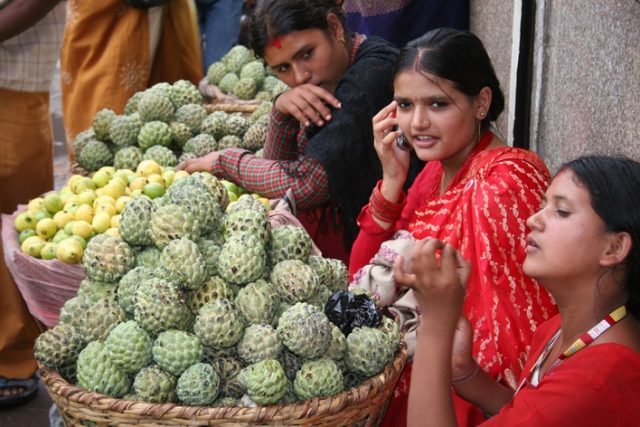Rating agency ICRA has maintained a negative outlook for the Indian telecom industry in the wake of AGR dues.
 Blended ARPU of Indian telecoms is expected to drop from Rs 169 in Q1 FY2017 to Rs 124 in Q1 FY2020. The industry adjusted gross revenue (AGR) fell from Rs 44,570 crore to Rs 28,650 crore in the same period. The high operating leverage of the industry meant that the decline in revenues percolated to pressure on profitability and cash flows.
Blended ARPU of Indian telecoms is expected to drop from Rs 169 in Q1 FY2017 to Rs 124 in Q1 FY2020. The industry adjusted gross revenue (AGR) fell from Rs 44,570 crore to Rs 28,650 crore in the same period. The high operating leverage of the industry meant that the decline in revenues percolated to pressure on profitability and cash flows.
ICRA estimates indicate that the debt as on March 31, 2019 stood at Rs 5 lakh crore. Debt is expected to reach around Rs 4.4 lakh crore as on March 31, 2020 — without taking any incremental debt due to AGR issue.
The private telecom operators undertook deleveraging measures during FY2020, which included rights issue by Bharti Airtel and Vodafone Idea, IPO of the African operations by Airtel and hiving off of the tower and fibre assets by Jio.
This financial year witnessed steady improvement in ARPU levels driven by weaning of low ARPU subscribers with the introduction of minimum recharge plans.
Telecom operators announced a steep tariff hike, first of its kind in a long time, to the tune of 35-40 percent.
The key drivers for growth in the telecom sector would be: a) pricing improvement, and b) identifying and implementing new use cases for the telecom services. The latter is a longer-term goal and would require more investments and thus, in the immediate term, it is the push for higher realisation which is achievable and has been attempted.
The impact of tariff hikes will be visible in FY2021, when EBITDA is expected to improve by 21 percent over FY2020 levels. This, along with reduction in debt levels, is expected to result in estimated debt/EBITDA of around 5x and interest coverage of 2.5x as of March 31, 2021.
During FY2019, the industry incurred a Capex of more than Rs 1 lakh crore and the Capex intensity, as measured by the Capex / sales ratio has been higher over 50 percent compared to international standards of 17-18 percent, especially in the last few years.
With the telecom industry achieving a sizeable penetration for 4G, the peak Capex cycle for Indian telecoms is over and thus the Capex intensity is expected to witness moderation till the time there is a technology upgrade to 5G.
ICRA said proliferation is expected in the home broadband and Direct-to-Home (DTH) services.
